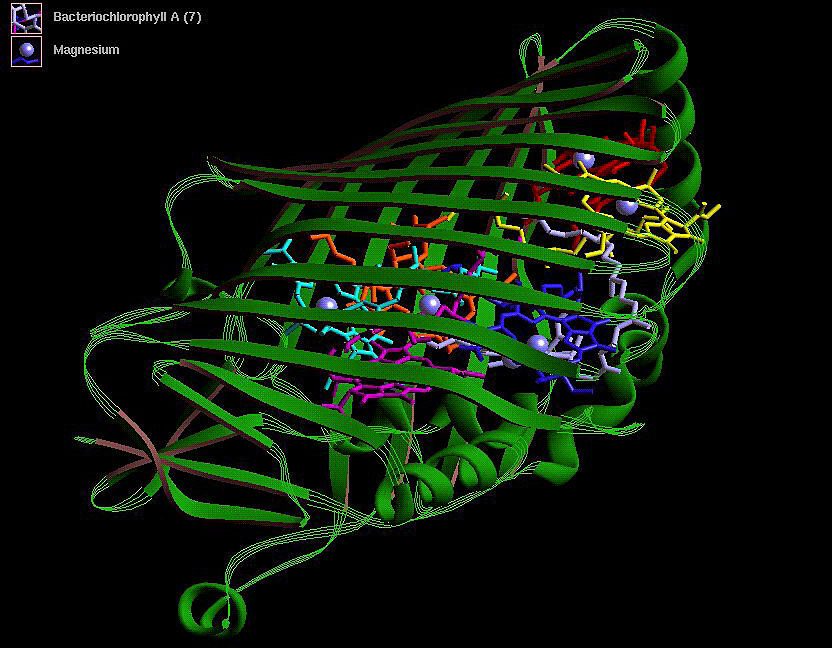
do ai-designed proteins create a biosecurity vulnerability A recent study led by Microsoft researchers has unveiled a potential biosecurity vulnerability linked to AI-designed proteins, raising concerns about the effectiveness of current biosurveillance systems.
do ai-designed proteins create a biosecurity vulnerability
Understanding the Biological Zero-Day
On Thursday, researchers announced their discovery of what they are calling a biological zero-day—a previously unrecognized security gap in the systems designed to protect against biological threats. This vulnerability pertains specifically to the screening processes that monitor the purchase of DNA sequences, which are crucial for identifying orders that could encode harmful toxins or dangerous viruses. The researchers argue that as artificial intelligence (AI) continues to advance, these systems may increasingly overlook new threats, particularly those posed by AI-designed toxins.
The Role of AI in Protein Design
AI has revolutionized many fields, including biology, by enabling the design of proteins with unprecedented precision and efficiency. Traditional methods of protein engineering often rely on trial and error, which can be time-consuming and costly. In contrast, AI algorithms can analyze vast datasets to predict how changes in DNA sequences will affect protein structure and function. This capability allows for the rapid design of proteins that may not exist in nature, including potentially harmful toxins.
As a result, the implications of AI-designed proteins extend beyond mere scientific curiosity; they pose real-world risks. The potential for malicious actors to exploit these technologies for nefarious purposes is a growing concern among biosecurity experts. The researchers from Microsoft emphasize that the existing biosurveillance frameworks are not equipped to handle the unique challenges posed by AI-generated biological materials.
Current Biosurveillance Programs
To grasp the magnitude of this emerging threat, it is essential to understand the current biosurveillance programs in place. These systems are designed to monitor and mitigate biological risks by screening various biological materials, including DNA sequences. The primary goal is to prevent the synthesis and distribution of dangerous pathogens and toxins.
Types of Biological Threats
Biological threats can manifest in several forms, including:
- Pathogens: These include viruses, bacteria, and other microorganisms that can cause disease.
- Protein-based toxins: Examples include ricin, which was infamously sent to the White House in 2003, and botulinum toxin, one of the most potent toxins known.
- Chemical toxins: These are often produced through enzymatic reactions and can include harmful substances associated with environmental phenomena like red tide.
All these threats share a common biological foundation: DNA is transcribed into RNA, which is then translated into proteins. This fundamental process is what biosurveillance systems aim to monitor, ensuring that any potentially dangerous sequences are flagged before they can be synthesized.
Limitations of Current Systems
Despite their importance, current biosurveillance systems have limitations. They primarily rely on known sequences and established databases to identify potential threats. However, as AI-generated proteins become more sophisticated, they may not match any existing sequences in these databases, rendering them invisible to current screening methods. This situation creates a significant gap in biosecurity, as malicious actors could potentially design new toxins that evade detection.
Implications of AI-Designed Toxins
The implications of AI-designed toxins extend far beyond the laboratory. If these proteins can be designed and synthesized without detection, the potential for bioterrorism increases significantly. The ease of access to AI tools and the decreasing cost of DNA synthesis mean that even individuals with limited scientific expertise could potentially create harmful biological agents.
Potential Scenarios
Several scenarios illustrate the potential risks posed by AI-designed proteins:
- Bioterrorism: A malicious actor could use AI to design a novel toxin that is undetectable by current biosurveillance systems, leading to widespread harm.
- Accidental Release: Researchers working with AI-designed proteins might inadvertently create a harmful agent that escapes the laboratory, resulting in unintended consequences.
- Environmental Impact: AI-designed proteins could be used to create toxins that disrupt ecosystems, leading to long-term environmental damage.
Stakeholder Reactions
The discovery of this biological zero-day has elicited a range of reactions from stakeholders in the fields of biosecurity, biotechnology, and public health. Many experts are calling for an urgent reassessment of current biosurveillance practices to address the vulnerabilities exposed by AI advancements.
Calls for Enhanced Regulation
Some biosecurity experts advocate for stricter regulations surrounding the synthesis of DNA sequences. They argue that as the technology becomes more accessible, it is imperative to implement safeguards that can help prevent the misuse of AI-designed proteins. This could include requiring licenses for DNA synthesis or implementing more rigorous screening processes.
Collaboration Between Sectors
Collaboration between the biotechnology industry, government agencies, and academic institutions is also seen as essential in addressing these challenges. By sharing knowledge and resources, stakeholders can develop more robust biosurveillance systems that can adapt to the rapidly evolving landscape of biological threats.
Future Directions
As researchers continue to explore the implications of AI-designed proteins, several critical areas warrant further investigation:
- Developing Advanced Screening Technologies: New technologies that can detect novel sequences generated by AI will be crucial in enhancing biosurveillance efforts.
- Understanding the Ethical Implications: The ethical considerations surrounding AI in biotechnology must be addressed to ensure responsible use of these powerful tools.
- Public Awareness and Education: Increasing public awareness about the potential risks associated with AI-designed proteins can help foster a more informed dialogue about biosecurity.
Conclusion
The discovery of a biological zero-day related to AI-designed proteins underscores the urgent need for a reevaluation of current biosurveillance systems. As AI continues to advance, the potential for new biological threats increases, necessitating a proactive approach to biosecurity. By enhancing regulations, fostering collaboration, and investing in new technologies, stakeholders can work together to mitigate the risks posed by AI-designed toxins and ensure a safer future.
Source: Original report
Was this helpful?
Last Modified: October 4, 2025 at 1:36 am
0 views














